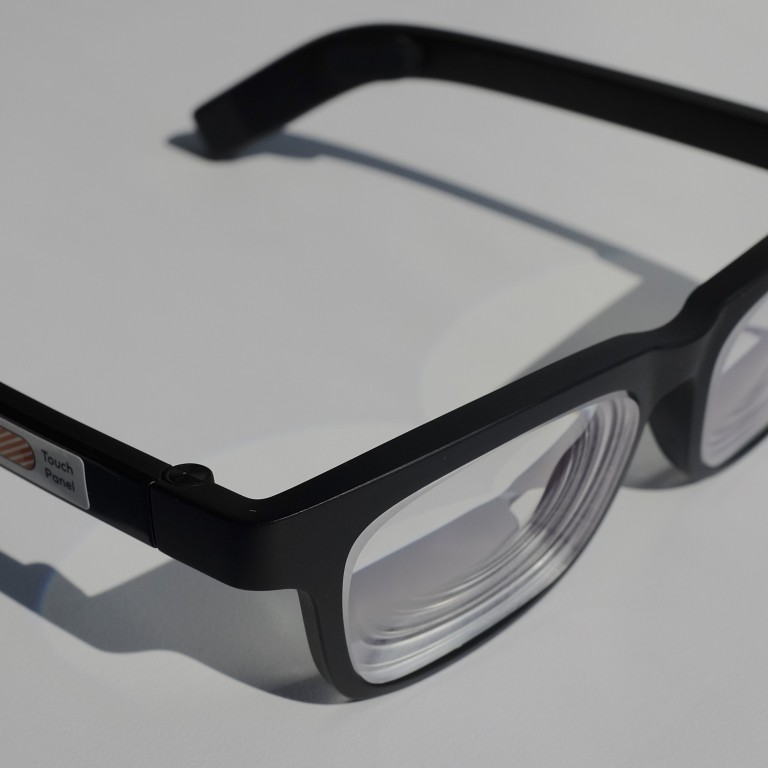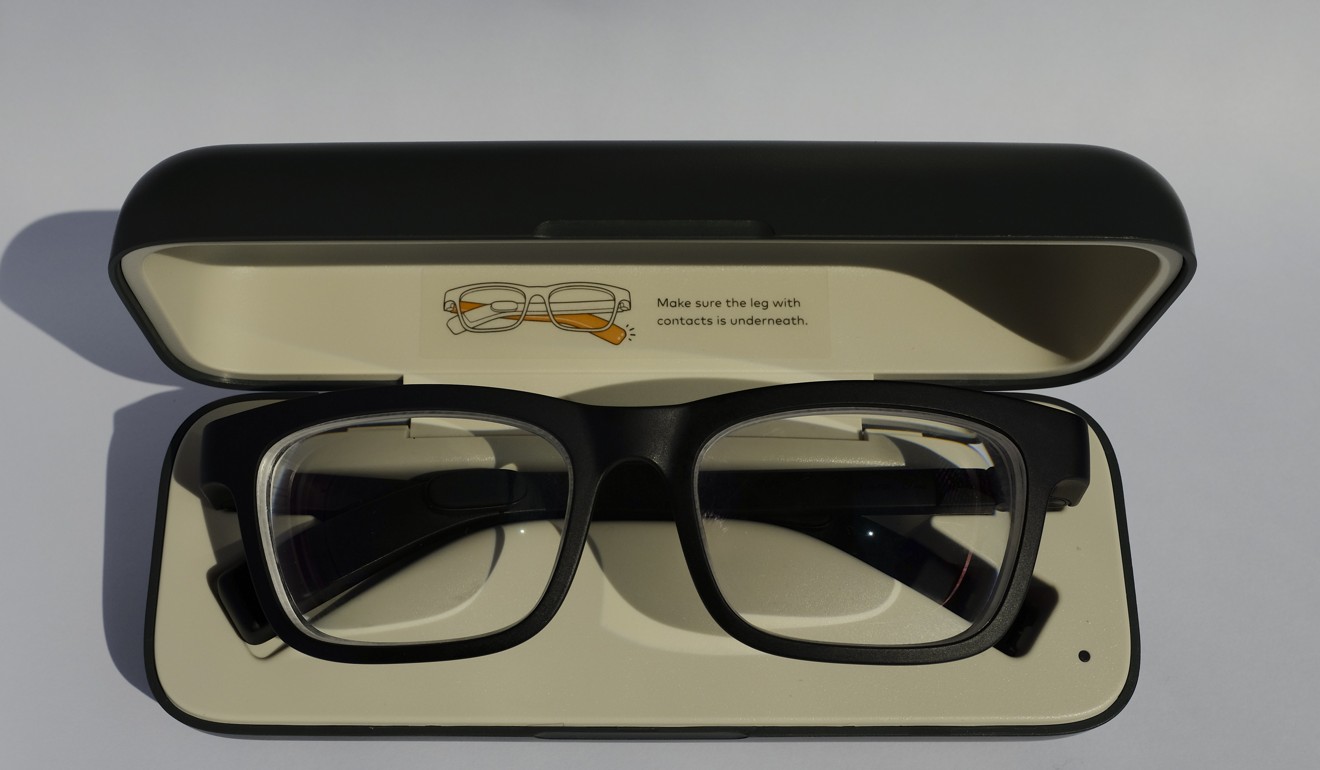
Start-up takes three years to send my smart glasses. However much I like them – and I do – that’s not a good look
- Our consumer tech editor was among the 10,410 people who crowdfunded San Francisco start-up Vue’s smart glasses in 2016. He’s finally received his pair
- The prescription is spot on despite the wait, and the glasses really are smart. Yet for all Vue’s transparency about delays, the experience is a disappointment
They finally arrived. The pair of smart glasses I bought from Vue, a San Francisco-based tech start-up, back in December 2016 landed on my desk at the end of last month– almost three years after I placed the order. Had it not been for the occasional “project updates” I received through email, I would have completely forgotten about this US$204 purchase.
The Kickstarter campaign for the project raised US$2.2 million from 10,410 backers, but the production of these glasses in Shenzhen, southern China was plagued by technical issues.
A June 2017 update I received said: “Progress is great, but we also want to make sure to give backers insight into the true complexity of manufacturing a product, and that includes talking about headaches.” Of which there were plenty, evidently. By that point, I knew I would not be getting my Vue Smart Glasses in July 2017 as pledged.
But at least I eventually got mine. Looking through some of the 5,000-plus comments on Vue’s website, it looks like some of the backers are still waiting for theirs.

So, has it been worth the wait?
I’m very impressed with the quality of the protective case, which also serves as the charging dock for the glasses. It feels very sturdy and snap shuts firmly when closed. Though slightly on the bulky side, the dark green case is fine to carry around. On its right side is a USB (Type-C) port, which lights up when plugged into a power source.
The glasses, too, are of decent build. The black frame is solid with tight hinges, but since the arms are not connected to the hinges by screws, they may loosen over time. There are no nose pads, but the arms press onto both sides of the head quite tightly, and this pressure stops them sliding down your nose – even if your nose is of the flatter kind like mine.
The frame is quite thick. Whether it looks stylish is a matter of opinion. Some may say the glasses look artsy, others nerdy.

They are charged inside the protective case through a tiny dual-pin connector, so they need to be folded in a certain way to ensure the right temple tip is touching the pins. Proper connection is indicated by a pulsing white LED light. Since the pins are so small, more often than not a connection is not made. This is just poor design.
What impresses me most is that the lens exactly match my prescription – I am extremely myopic – even with the three-year delay. I am able to see clearly with the glasses and can wear them for a long period of time without getting a headache (which was a primary concern).
But I didn’t spend US$204 for just a normal pair of glasses. Vue glasses are supposed to be smart – meaning I can use them to answer phone calls, listen to music, check how many steps I have walked and how many calories I have burned. Pairing them to my mobile phone was straightforward, the Vue app is easy to use and everything works pretty much as advertised.

Using the bone conduction audio technology – sound is transmitted directly to the inner ear through vibration on the bones of the skull – I am able to listen to music and take calls when I have the glasses on. But I need to be in a very quiet environment to actually hear anything. While the sound quality is good, the volume is not.
Having said that, if the sound was any louder that tingling sensation on the back of my ears from the vibration would probably feel like a bad itch.
Vue Smart Glasses were announced around the same time Snap released its trendsetting Spectacles and were considered by the tech media to be “the future of mainstream wearables”.
But that was 2016.
Despite Vue’s transparency throughout the campaign, my first experience backing a start-up project has been a real disappointment. Technology – and myopia – can advance so much in just a few months, let alone three years.

